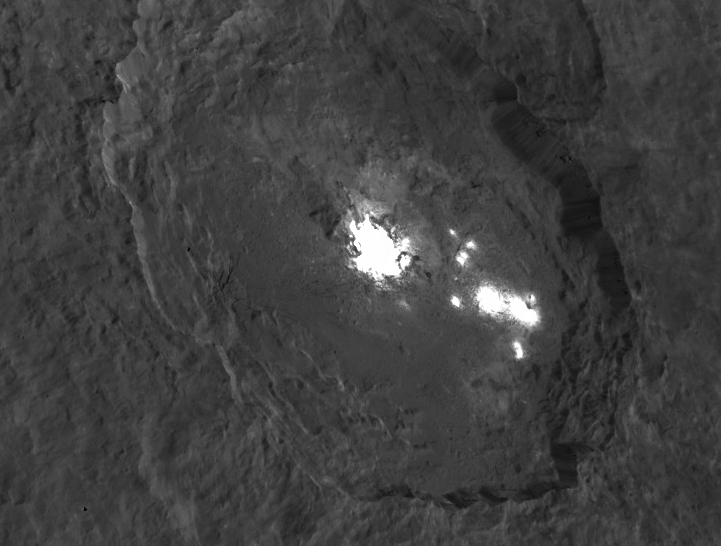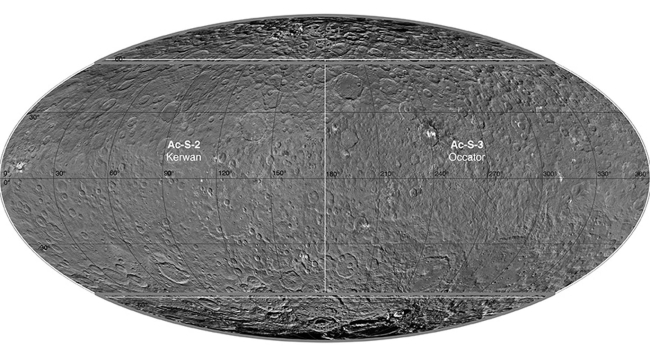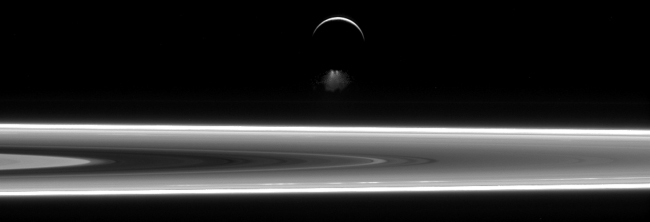To accomplish its first manned lunar landing, tentatively set for 2029, Russia will have to launch six Angara rockets.
According to the source, the launches are planned to be carried out in pairs from the Vostochny cosmodrome (the Amur region in Russia’s Far East) and the Plesetsk cosmodrome (Archangelsk region in the northwest) with small intervals between the blast-offs. Under the proposed scheme, after the orbit placement, the complex with a total weight up to 70 tonnes will be docked with the manned spacecraft, after which it will fly to the Moon. A payload of 18-20 tonnes will be delivered to the lunar orbit by the end of the mission.
According to a preliminary plan, Russia’s first manned flight to the Moon is possible in 2029. One year ahead of that it is planned to conduct a flight around the Moon, the testing and qualification of space systems for the future manned landing. However, this project may become a reality only if the work to create a new-generation manned transport spacecraft, the Angara-A5 rocket, lunar boosters and other needed rocket and space technology and infrastructure is included in the draft Federal Space Program for 2016-2025.
The final draft Federal Space Program, however, has not yet been approved. This story is obviously a lobbying effort within Russia to get this lunar mission included in that master plan.
What strikes me most about all this is the timing. The big national space programs, Russia, China, and NASA’s SLS, are all aiming for big lunar missions in the late 2020s. All will spend a lot of money for a very limited number of flights, mostly single stunts that merely demonstrate that they can do it. None of these programs will have much staying power on the Moon.
Private space is likely aiming for the Moon as well, and will likely be capable of getting there about the same time. However, private space will be cheap and designed to go many many times (for profit). Watching this race between nations and private companies is going to be quite fascinating. And unlike the 1960s space race, which was a race between two different top-down government programs, this 2020s space race will be between bottom-up capitalism versus top-down government.
I think in the end the governments will be very embarrassed. They will either lose, or act to squelch their private competition.




